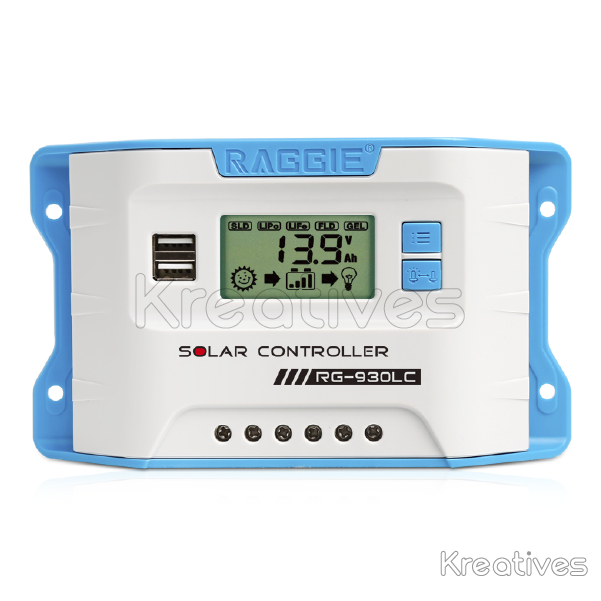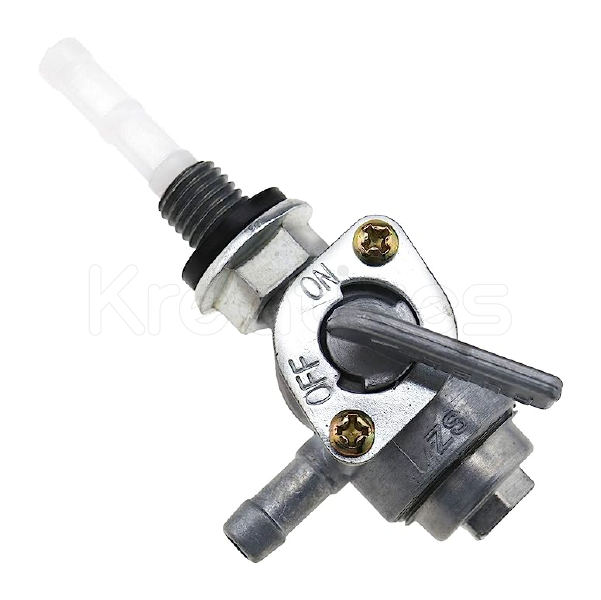

Raggie 60A PWM Charge Controller CS60A
-
Ksh.144,500
Ksh.150,000 -
Ksh.900
Ksh.1,600 -
Ksh.1,900
Ksh.2,200 -
Ksh.33,500
Ksh.44,500 -
Ksh.15,000
Ksh.17,000 -
Ksh.36,500
Reviews & Ratings


How Does PWM Work?
PWM works by pulsating DC current, and varying the amount of time that each pulse stays ‘on’ to control the amount of current that flows to a device such as an LED. PWM is digital, which means that it has two states: on and off (which correspond to 1 and 0 in the binary context, which will become more relevant to you if using microcontrollers).
The longer each pulse is on, the brighter the LED will be. Due to the fact that the interval between pulses is so brief, the LED doesn’t actually turn off. In other words, the LED’s power source switches on and off so fast (thousands of times per second) that the LED actually stays on without flickering. This is called PWM dimming, and such as circuit is just called a PWM LED dimmer circuit.
The squares in the PWM illustration below are the pulses which represent ‘on’ time, and the depressed areas represent the time that the power is ‘off’. Both the squares and depressed areas are the same ‘width’, therefore the duty cycle is 50%. PWM signals are typically square waves, like the one in the illustration below.

If the duty cycle of a PWM power supply is set to 70%, then the pulse is on for 70% of the time, and it is off 30% of the time. Duty cycle refers the amount of time it is on. At a 70% duty cycle, an LED’s brightness should be near 70%. The correlation between duty cycle and brightness is not 100% linear, as the efficiency of LEDs varies with the amount of current supplied.
If the duty cycle was 0%, the entire signal would be flat, as shown below. A PWM duty cycle of 0% means that the power is off. In such a state, an LED would not be operational. It would simply be off.

The key reason that PWM circuits are so efficient is that they don’t try to partially restrict the flow of current using resistance. They turn the current fully on and fully off. They just vary the amount of time that it is on instead.
PWM LED Dimmer Circuit Example
The old-fashioned transistor circuit I mentioned above in the ‘Why Use PWM’ section may be 50% on for example, and easily waste a huge chunk of the other 50% that it is blocking.
The additional heat generated by traditional transistor circuits is another consideration, as it may increase the amount of time that cooling fans have to stay on to reduce the temperature of said devices.
PWM Signal
To break things down further, PWM circuits [PDF] typically involve a very tiny power source, and a large one. The tiny power source controls the large one with the help of power transistors.
The tiny one generates the signal, and the ‘power‘ which is the large current and voltage that actually power on the LED is controlled by the aforementioned transistors. That tiny power source could be a microcontroller GPIO pin such as an Arduino I/O pin, a 555 timer’s output pin, among others.
Setting the duty cycle of the signal to 30% will also result in a duty cycle of 30% for the power, as the large current is just an amplified replica of the tiny current (which is the signal).
This concept is what enables highly sophisticated microcontrollers (often called MCUs) and other computers to control very large currents at a reasonable cost. The microcontroller/MCU generates the signal, then that signal controls a power transistor.
• Current: 60A
• Rated voltage:12v/24V
• Max PV volatge: 55v
• Self-consumption:≦12mA
• Battery type:
• Usr(default)/sealed/gel/flooded
• Countrywide delivery
• 24Months Warranty
Did you know you can Visit us today at: Shop F3, 1st Flr. Barkat Biashara Mall. Opp Simba Coach Booking. Kumasi Road?
Call/WhatsApp with us Via +254 790 108845
Frequently Bought Products
Product Queries (0)
Login Or Registerto submit your questions to seller
Other Questions
No none asked to seller yet
-
Ksh.144,500
Ksh.150,000 -
Ksh.900
Ksh.1,600 -
Ksh.1,900
Ksh.2,200 -
Ksh.33,500
Ksh.44,500 -
Ksh.15,000
Ksh.17,000 -
Ksh.36,500







